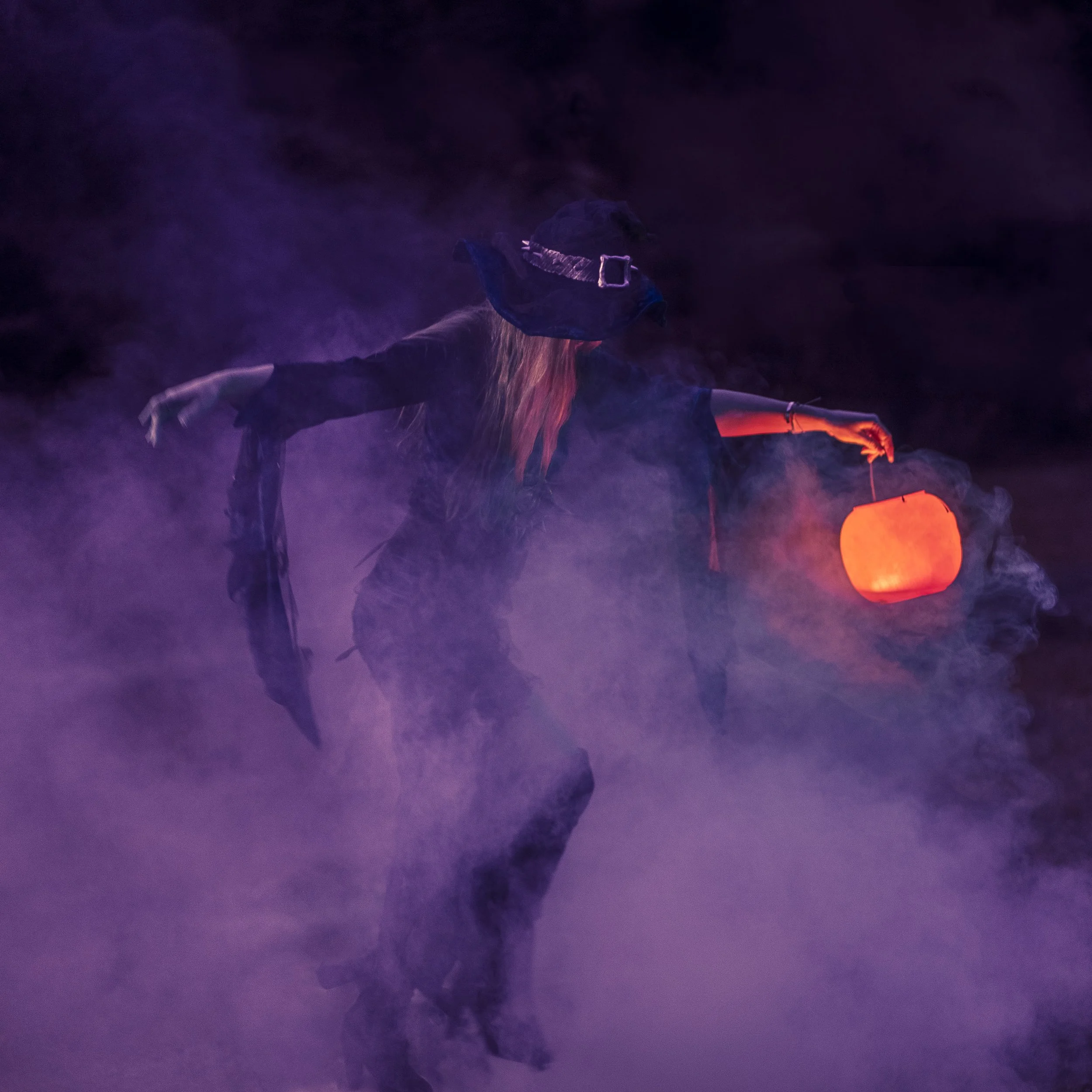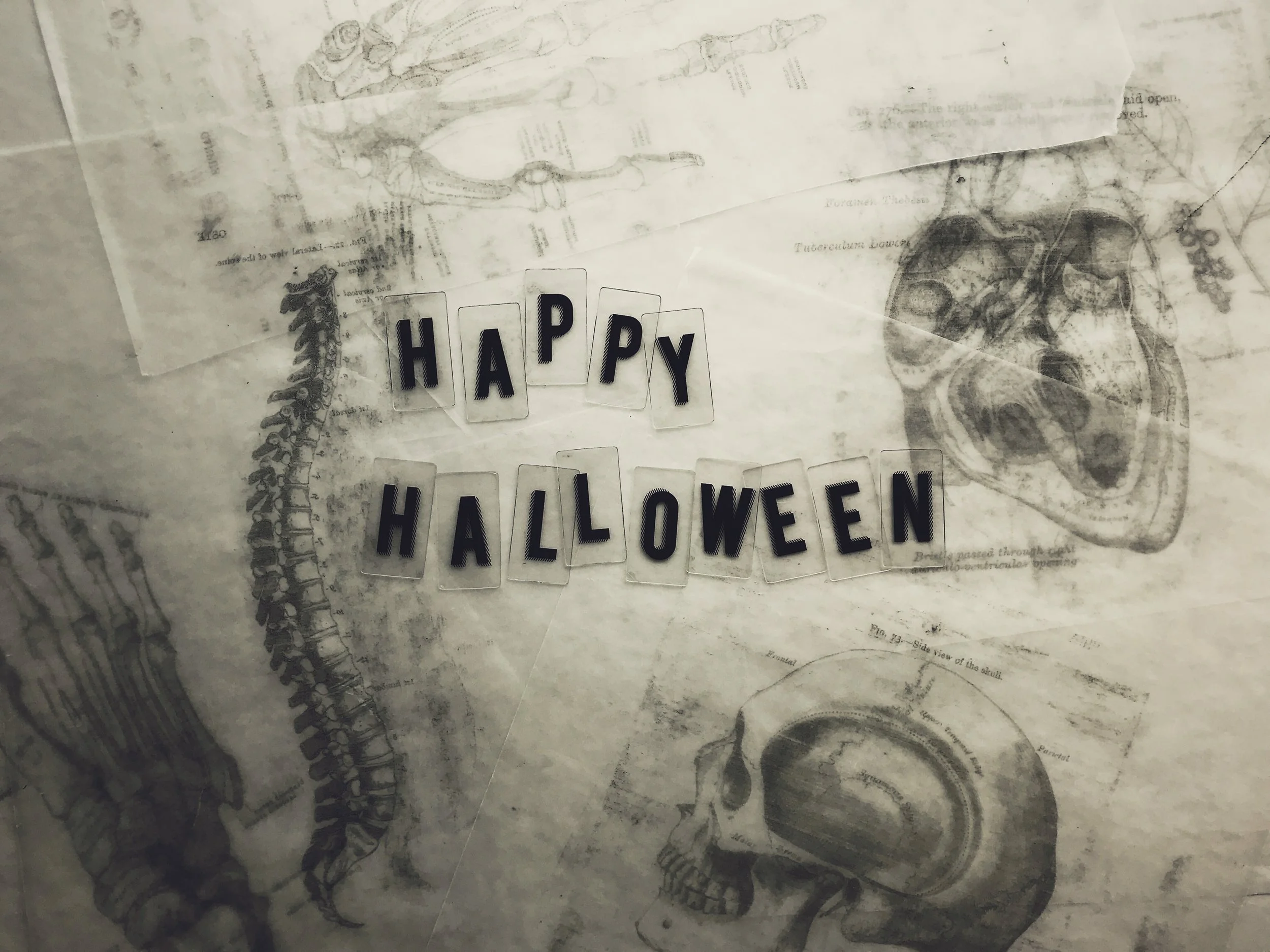“Happy Halloween”: A Religious Backstory to one of the Most Celebrated Holidays in America
Written by #RebelGirl Tiffany Green
Halloween is one of the top three most celebrated holidays in North America, with Thanksgiving and Christmas. Known for carved pumpkins, loads of candy, fun costumes, and unforgettable college parties, Halloween gives kids and adults a lot to look forward to when this time of year rolls around. However, some dread Halloween. Conservative Evangelicals warn against the evil that is guaranteed to prowl on this particular day. Churches hold services on the 31st to provide people solace from the unknown and pray away the inevitable demonic spirits. As a reader, you might be one of these people; or you may fall in between. I know a few people who fall well within and at both ends of the spectrum. But who’s got it right? Who really knows where all of this celebrating or lack thereof came from?
The contemporary celebration of Halloween is incredibly inspired by the ancient pre-Christian Celtic harvest festival, Samhain in the British Isles. As the Celtic calendar’s New Year fell on November 1st, October 31st--now Halloween--was the day Celts believed that the lines between the nonliving and living were less visible as the darker time of year approached. The observance of Samhain or “summer’s end” included not only feasts and drinks but bonfires or “bone fires,” costumes, and treats to offer the supernatural. In preparation for expected celestial visitations, including the deceased, unfriendly spirits, fairies, and even family members, Celts used ashes from bonfires to mask their faces and dance to protect themselves from the potential harmful metaphysical.
By the 7th century, Catholicism became the dominant religion in Britain, and religious leaders wanted to keep their following. So, rather than completely eradicating the pagan Celtic practices, Pope Boniface IV set May 13th as “All Saints Day,” which Pope Gregory III moved to November 1st. Thus, October 31st became “Eve of All Saints” in the 8th century. Eve of All Saints or “Alholowmesse” translates to what we now call Halloween. Not only was All Saints Day established by the Catholic church, but in 1000 A.D., November 2nd became “All Souls’ Day,” where many similar Samhain traditions took place. This three-day celebration is called Allhallowtide.
Christianity & Halloween
During Pope Gregory’s leadership, he advised that Samhain be Christianized rather than wholly dismantled. There has even been speculation that he moved “All Saints Day'' to the dates of Samhain to help him reinvent the holiday with a more Catholic backdrop. Because Pope Gregory wanted to convert pagans and gain trust, he decided to combine the traditions of Samhain and Catholic celebrations. It was not impossible for him to uphold as Allhallowtide and Samhain both recognized the presence of ghosts and the supernatural in their celebrations.
Christianity did not do away with all of the Celtic customs. Trick-or-treating has Scottish and Irish origins around the Samhain holiday, where children would dress up and get treats in exchange for singing songs, telling jokes, etc. Another maintained practice is pumpkin carving or “jack-o-lanterns” from an Irish Celtic mythological story of a trickster named Stingy Jack and the Devil. These carved pumpkins became a tradition to ward off evil spirits, including Jack.
Día De Los Muertos & All Souls Day
Día de los Muertos (Day of the Dead) occurs between October 31st and November 2nd, same as Allhallowtide. The first day of the celebration is Día de los Inocentes (Day of the Innocents). Día de los Muertos was an Aztec holiday many years before colonization that lasted the month of August. After the Spanish Christian invasion of Mexico, the dates of Día de los Muertos became affiliated with the Catholic Allhallowtide celebrations. We’re noticing a pattern here, huh? Both holidays celebrate the deceased, especially on the last day of celebration, Día de los Muertos and All Souls Day.
The difference is that All Souls Day only pays homage to the deceased, while Día de los Muertos welcomes the deceased. Some of the traditions of Día de los Muertos include ofrendas (altars) for those who have passed, music, flowers, and dancing. Like Samhain, the pre-Christian and current celebrations of Día de los Muertos believed in a thin line between the living and the non-living this time of year.
Halloween in the United States
The British came to America in the 1600s and brought their religious practices with them, as well. They were met with backlash from Protestants who had very little interest in observing Halloween because of its pagan origins. However, there was a surge in Halloween participation in post-colonial America after Scottish and Irish immigration to the U.S. in the 1800s. Much of their influence was in the southern states. It wasn’t until the 1900s that the celebration became less associated with ancient European and Catholic religious practices and more of a social holiday.
By the 1920s, Halloween became an excuse for pranks, tricks, and vandalism for young people during the Great Depression. This caused concerned Americans to find solutions to the mischief, and trick-or-treating became just the thing. Circulating more calm and safe traditions like trick-or-treating for children caused a decline in youth-led misconduct in the 30s. Festivals, carnivals, parties, and other forms of celebrations emerged to keep kids in line and Halloween as a safe and less controversial holiday. Today, it is the second most celebrated holiday in America and an innocent communal holiday mainly geared towards children, even though some religious groups still maintain their biases.
It is also important to acknowledge the implications of southern states embracing Halloween as much as they did. Because the holiday was brought during enslavement and Jim Crow and evolved through the Civil Rights era, it is no surprise to find relationships between racism and Halloween celebrations. There has been an obscene amount of cultural appropriation (misuse of Native American dress, non-Black people in blackface, non-Mexican people dressing as mariachi singers, etc.) since the implementation of Halloween as an American custom. It was also not uncommon for white people to dress as the Ku Klux Klan; some in costume, others in uniform. “Dear White People,” a Netflix show, even addresses the commonality of racist blackface gatherings around Halloween.
There has been significant overlapping of traditions in modern Halloween celebrations. The truth is there is a mix of ancient pagan Samhain traditions from the British Isles, Christian, and other religious and cultural practices. So, this year, while you’re picking up your dog’s costume, buying candy to give to the trick-or-treaters in your area, or standing in line for a costume party, try to remember Halloween’s extensive and complex religious and socio-cultural history. Not just ghosts and goblins, but ancient cultural customs, colonialism, and prejudice as well.
Peace out, witches!!!
Us here at Rebel Creative hope you enjoyed reading the backstory of this holiday, to hopefully better understand and respect its origins. Stay safe, friends! And follow along on Instagram @rebelcreative.co to see what the Rebel Girls dress up as this year.


